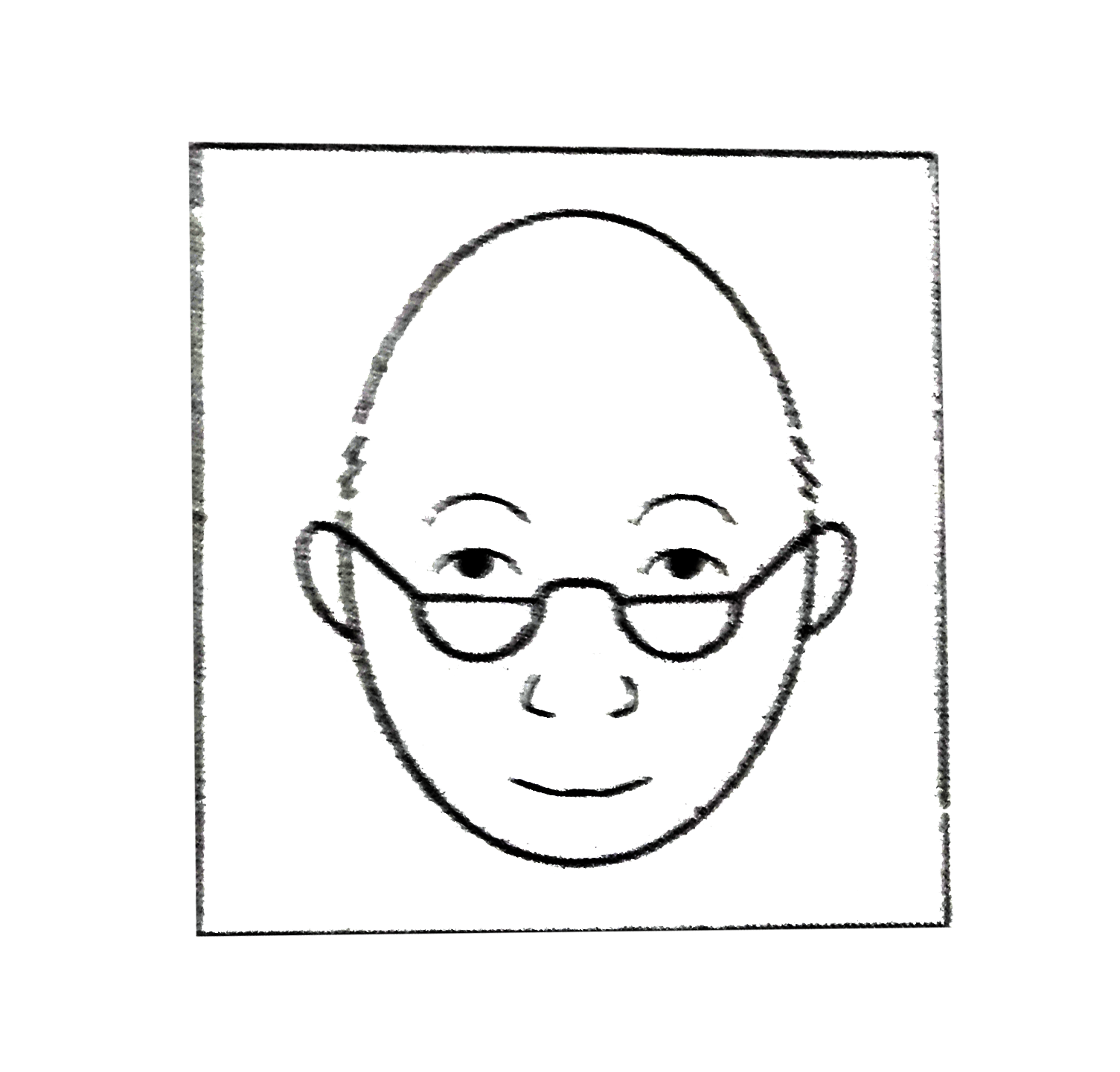Complete Solutions to Questions Based on High Order Thinking Skills of chapter THE HUMAN EYE AND THE COLOURFUL WORLD of Class 10 book with complete answers and questions
| Class 10 | PHYSICS |
| Chapter | THE HUMAN EYE AND THE COLOURFUL WORLD |
| LAKHMIR SINGH & MANJIT KAUR | Questions Based on High Order Thinking Skills |
| Number Of Questions | 7 |
| Academic Year | 2023-24 |
The descriptions of five kinds of images are given below :
(a) diminished and virtual `" "` (b) enlarged and real
(c) enlarged and erect `" "` (d) real and inverted
(e) virtual and the same size
Which one of these describes the image formed :
(i) on the retina of the eye ? `" "` (ii) by a magnifying glass ?
(iii) by a convex driving mirror on a car ? `" "` (iv) by a plane mirror ?
(v) on the screen of a slide projector ?04:11View SolutionExplain why, when it is getting dark at night, it is impossible to make out the colour of cars on the road.
View SolutionNocturnal animals (animal which sleep during the day and come out at night) tend to have wide pupils and lot of rods in their retinas. Suggest reasons for this.
03:32View SolutionThe picture given here shows a person wearing 'half-moon' spectacles. What sort of eye-defect do you think he has ? Why are these particular spectacles useful to him ?
 View Solution
View SolutionA short-sighted person has a near point of 15 cm and a far point of 40 cm.
(a) Can he see clearly an object at a distance of :
(i) 5 cm ? `" "` (ii) 25 cm ? `" "` (iii) 50 cm ?
(b) To see clearly an object at infinity, what kind of spectacle lenses does he need ?View SolutionA student claims that because of atmospheric refraction, the sun can be seen after it has set, and the day is, therefore, longer than if the earth had no atmosphere.
(a) What does the student mean by saying that the sun can be see after it has set ?
(b) Do you think that the students' conclusion is correct ?02:20View SolutionIn an experiment to study the scattering of light by passing a beam of white light through a colloidal solution of sulphur in a transparent glass tank :
(a) Which colour is observed from the front of the glass tank ? Does this colour correspond to the colour of sky on a clear day or the colour of sky around the sun at sunset ?
(b) Which colour is observed from the sides of the glass tank ? Does this colour correspond to the colour of sky on a clear day or the colour of sky around the sun at sunset ?View Solution
Questions Based on High Order Thinking Skills questions and complete solutions for chapter THE HUMAN EYE AND THE COLOURFUL WORLD of S CHAND PHYSICS (HINGLISH) of Class 10
